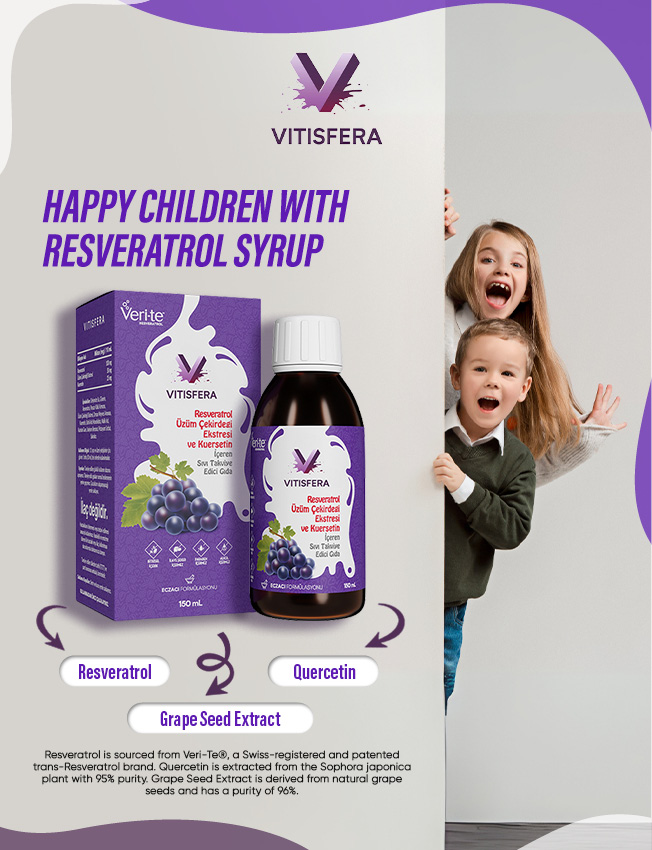Mastitis in Breastfeeding Mothers (Puerperium)

Mastitis is an inflammation of the breast tissue that commonly occurs in breastfeeding women. This condition is referred to as lactational mastitis (puerperal). It can present in varying forms, ranging from a small, localized redness to a breast abscess. It is crucial for women experiencing mastitis to continue breastfeeding their babies.
Lactational mastitis is frequently encountered in postpartum breastfeeding mothers and has an occurrence rate of 3-20%. It typically arises within the first six weeks after childbirth, although it can occur at any time during lactation. However, the frequency of occurrence begins to decrease after three months.
What Causes Mastitis?
The primary mechanisms leading to mastitis development include inadequate milk drainage from the breast, milk stasis within the breast, and bacterial growth in the milk.
Blocked Milk Ducts
The most common cause of lactational mastitis is the accumulation of milk in the breast. Breastfeeding is a skill learned through experience; insufficient breastfeeding technique, consistently nursing in the same position, or weaknesses in the newborn’s sucking ability can prevent adequate milk drainage from the breast. Additionally, external pressure that obstructs the milk flow from the ducts can create stasis that serves as a breeding ground for bacteria, thus predisposing the mother to mastitis.
Bacterial Infection in the Breast
There are numerous bacteria on the skin normally. Therefore, mastitis can arise from these skin bacteria, or it can also occur if bacteria enter the breast tissue through cracks or abrasions on the nipple. Nipple sores and fissures not only cause pain that affects breastfeeding but also provide an entry point for bacteria present in the baby’s mouth and skin flora. Furthermore, poorly made breast pads used by the mother can lead to irritation at the nipple, creating conditions for mastitis.
Once mastitis begins, cytokines from the body’s defense system against infection travel to the infection site, initiating the infectious response which manifests as pain, swelling, redness, and increased temperature.
Risk Factors for Mastitis:
– Previous history of mastitis
– Cracks and injuries on the nipple
– Inadequate breastfeeding techniques
– Excessive fatigue and stress
– Poor nutrition
– Smoking
– Rarely, behaviors that restrict milk flow, such as wearing tight bras, tight clothing, fastening seat belts directly over the breast, or carrying heavy objects.
What Are the Symptoms of Mastitis?
The symptoms of mastitis can vary depending on the severity of the condition but usually tend to progress rapidly. Common symptoms of mastitis include:
– Redness, swelling, and firmness in the breast,
– Increased temperature in the breast,
– Severe pain upon touching the affected breast tissue,
– A burning sensation during breastfeeding or continuously,
– Swelling in the axillary lymph nodes.
As the infection advances, additional symptoms may include:
– Anxiety (stressed state),
– Fever,
– Chills,
– Fatigue and weakness,
– Feeling unwell,
– General body aches.
If mastitis is left untreated, certain complications can develop:
– Recurrent Mastitis: Women who have had mastitis once are at higher risk for recurrence, often due to inadequate treatment or delayed initiation of treatment.
– Abscess: If untreated and progressing to chronic mastitis, pus may accumulate in the breast tissue. In this case, the abscess must be surgically drained.
– Sepsis: This is a rare condition that results from the spread of breast infection throughout the body. While it is uncommon, sepsis can lead to severe health issues.
How is Mastitis Diagnosed?
The diagnosis of mastitis usually relies on the patient’s history and examination. The doctor may ask about the patient’s symptoms, any situations that worsen or alleviate the symptoms, and the breastfeeding routine. The examination involves assessing the breasts for color changes, temperature increases, and size. If there are areas in the breast that are painful to touch, this may indicate inflammation consistent with mastitis.
Ultrasound is extremely supportive in making the diagnosis, as it can show tissue inflammation, heterogeneity, and whether or not an abscess has formed. Imaging techniques followed by interventional methods (such as needle drainage or sampling) can help manage small abscesses.
A type of cancer known as inflammatory breast cancer can cause similar symptoms to mastitis. Although inflammatory breast cancer is rare, doctors may use imaging techniques like breast ultrasound, mammography, or MRI to confirm the diagnosis. If the symptoms of mastitis do not resolve with treatment, a biopsy may be performed to rule out cancer.
Mastitis Treatment
Most cases of mastitis can be treated adequately with medication. The medications typically used for mastitis treatment include:
– Antibiotics: In cases of infection-related mastitis, a 7-10 day course of antibiotics may be necessary. These antibiotics should be completed as prescribed. Some patients may stop taking antibiotics thinking that their symptoms have improved, but this can lead to the recurrence of mastitis or the persistence of the condition. When mastitis recurs, stronger antibiotics may be required to eliminate the infection.
– Pain Relievers: Paracetamol (acetaminophen) can help alleviate pain associated with mastitis.
It is important to remember that some medications can pass into breast milk and potentially affect the baby, so choosing an appropriate antibiotic is essential.
The most critical point during the treatment of mastitis is not to stop breastfeeding; rather, it is recommended to breastfeed more frequently. Continuing to breastfeed helps regulate milk flow and prevents the symptoms of mastitis from worsening. Moreover, breast milk, being the ideal nutrition for the baby, especially in the first six months, contains high amounts of anti-inflammatory components, providing protection to the infant.
Ceasing breastfeeding during mastitis may lead to increased milk stasis in the breast and can result in the development of an abscess. If there’s a suspicion of abscess development in patients with mastitis, an ultrasound should be performed to check for its presence. If an abscess is found, drainage or surgical intervention under ultrasound guidance is required. The drained fluid should be microbiologically analyzed, including culture and sensitivity testing.
Mothers may worry about transmitting infection to their baby during mastitis; however, this concern is unfounded. On the contrary, breast milk is rich in anti-inflammatory substances, which can be protective for the infant.
Sometimes, mothers may report that the baby refuses to breastfeed from the affected breast due to the change in the taste of the milk. In such cases, it is essential to pump the breast to relieve milk accumulation.
What Can Be Done at Home for Mastitis Treatment?
– The baby should be breastfed frequently.
– It is advisable to start breastfeeding with the affected breast first, as the baby will be hungrier and therefore likely to suck harder, facilitating milk drainage.
– If there is residual milk in the breast after breastfeeding, it should be expressed.
– Change up breastfeeding positions rather than keeping the baby in the same position consistently.
– Massaging the breast from the top toward the nipple can ease milk flow and may help prevent mastitis.
– Staying hydrated, getting adequate rest, and taking warm showers or applying warm compresses can provide relief.
Prevention of Mastitis
Pain and hardness in the breast are quite common among breastfeeding mothers. To prevent this condition from developing into mastitis, it is crucial to apply proper breastfeeding techniques. Recommended practices include:
– Avoid excessive fullness of the breast by breastfeeding frequently.
– Ensure the baby correctly latches onto the nipple.
– If there is a delay in milk coming out, gently massage the breast before feeding to express a few drops of milk.
– Vary breastfeeding positions to ensure all sections of the breast are emptied.
– Check nipples daily to identify and treat any cracks or sores.
– Use creams to keep the nipple moist.
– Apply warm compresses and massage the breast before nursing.
– Gradually wean the baby instead of stopping suddenly when it’s time to wean.
– Avoid tight bras or clothing that puts pressure on the breast.
– Maintain cleanliness through daily showers and proper hygiene.
Probiotics may also be recommended, as some studies suggest they may have a preventative effect on the development of mastitis.
Mastitis is a common health issue among breastfeeding women. Early diagnosis and treatment of mastitis are vital to allow the mother to return to comfortable breastfeeding. It also prevents complications that could arise due to delayed treatment. Therefore, women experiencing symptoms such as tenderness or redness in their breasts should seek prompt medical attention from a breast specialist.









